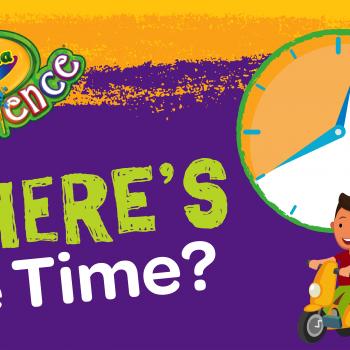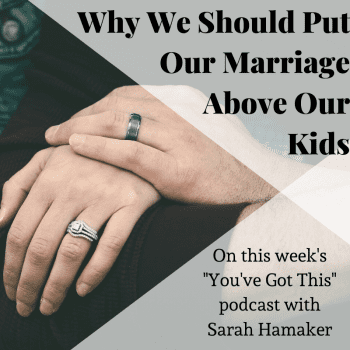Now, let’s focus on four practical ways to help kids and teenagers learn how to handle their big and small emotions.

Talk about your own emotions. Whether it’s crying over the death of a pet or anger at the person who rear-ended your new car, we need to show our kids how we process our emotions—both the right way and the wrong way. Don’t be afraid to be candid with your children about emotions.
Provide concrete ways to overcome emotions. From deep breathing to physical exercise, from counting to 10 or reciting a Bible verse, there are many ways we can teach our kids to process emotions, especially the more volatile ones like anger. For example, one of our children had trouble controlling her emotions in school settings (would get upset at herself when she couldn’t do something right the first time), so we encouraged her to put her head down briefly on her desk to regain control (with her teacher’s approval).
Practice good listening skills. Many times, emotions spill over because the speaker doesn’t feel heard. Not interrupting, asking questions, making eye contact, being present without electronic devices—all of these things help the speaker feel connected and heard. This also can head off emotional outburst or frustrations.
Discuss emotional cues. To help children not be caught off guard by emotions, help them to figure out the cues that come before the emotional outburst. For example, before you cry, you might experience a tightening of the chest or a clogging of the throat.
Emotions can be a healthy part of our lives if we learn how to manage them in a way that promotes positivity, rather than negativity.











